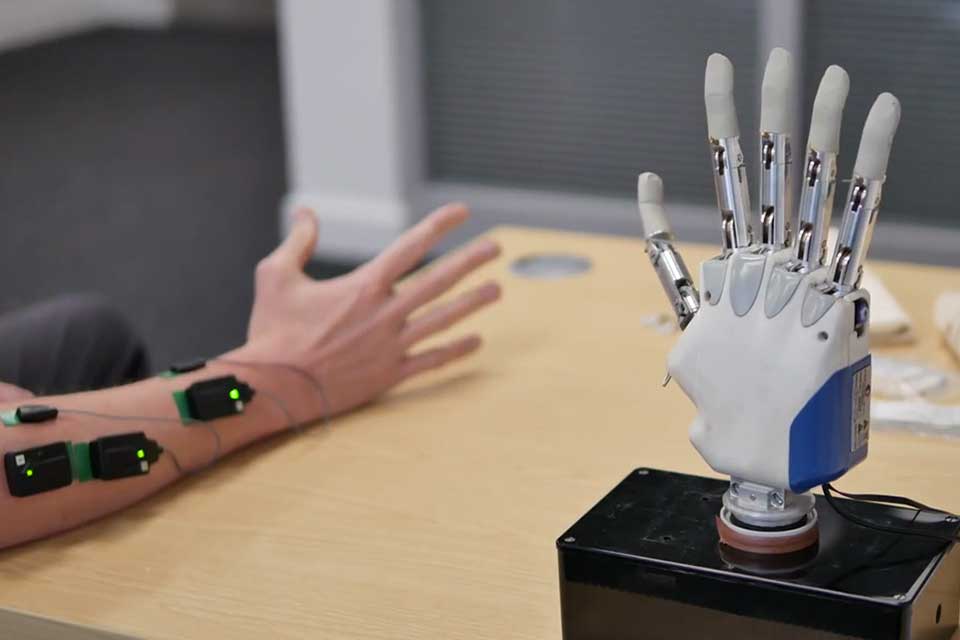A team of scientists from Wrocław University of Science and Technology is finalizing work on a groundbreaking bionic prosthetic hand designed for people with forearm amputations.
Led by Doctor Andrzej Wołczowski, himself an amputee, the team aims to provide more natural functionality to amputees through this advanced prosthesis. “In forearm amputations, some muscles are usually left, and we can directly use these to control the prosthesis,” explained Wołczowski.
The prosthetic limb consists of three sections—hand, forearm, and upper arm—with an additional powered elbow orthosis to assist in lifting heavier objects. “Lifting a large weight with just the residual arm stump is problematic, so we developed this powered elbow,” he added.
AI plays a crucial role in the prosthesis' function. According to Doctor Paweł Trajdos, who designed the decision-making module, “The device learns and improves its movements based on the user's muscle signals. Every person generates different signals, and these variations are even greater in people with amputations.”

The prosthesis also incorporates fingertip sensors to detect the force of a grip, enabling it to adjust automatically. “For example, if a person commands ‘grab the ball,’ the prosthetic fingers will sense the ball's size and adjust the grip accordingly,” said Doctor Wołczowski.
The bionic-hand project, funded by the National Center for Research and Development (NCBR), is expected to be completed in 2025, with three personalized prototypes set to be tested by amputees.
The scientists are now seeking participants with upper limb amputations to help fine-tune the device before its release.














